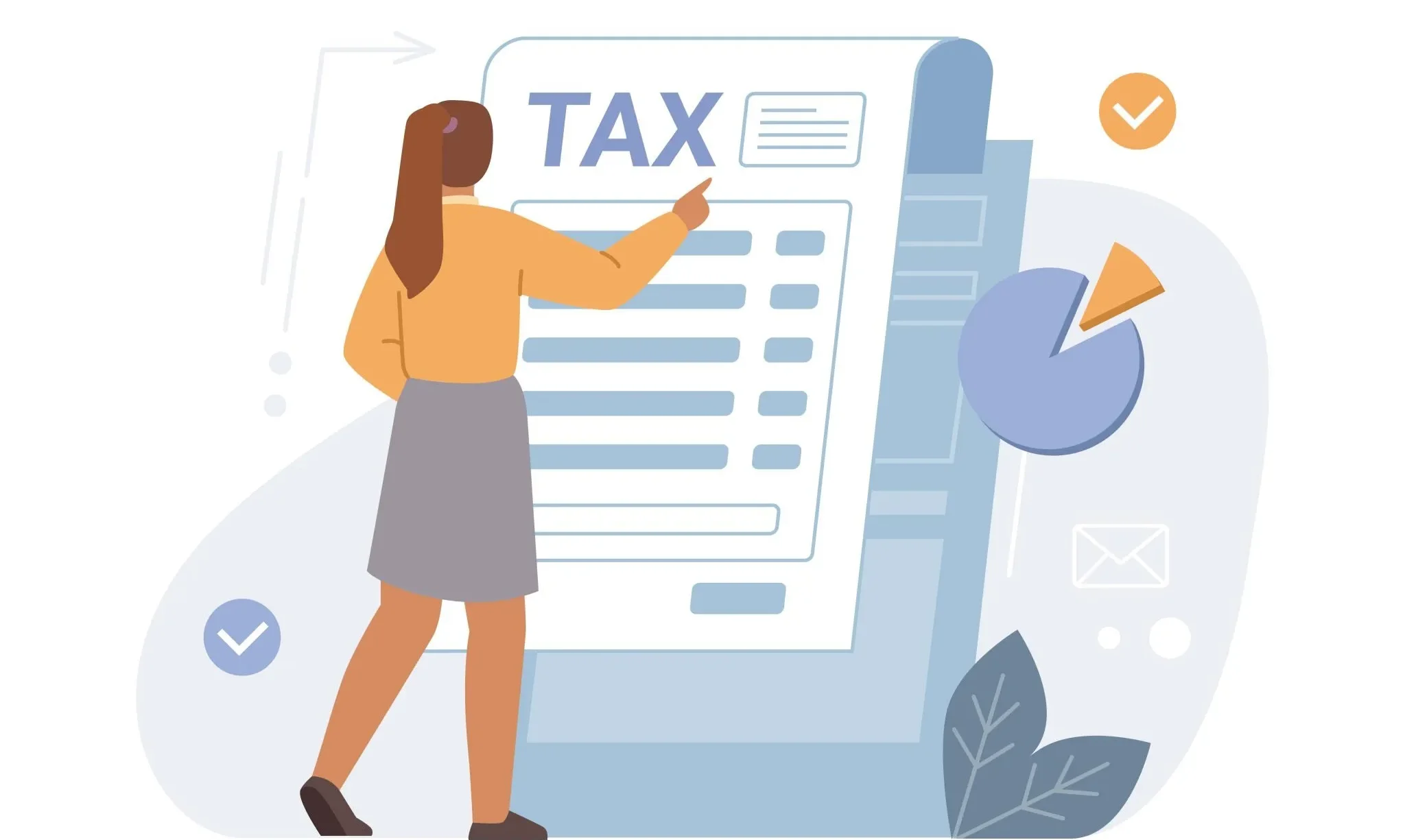The ongoing dispute between Property 118 and Tax Policy Associates revolves around a controversial tax avoidance scheme that Property 118 has been promoting to landlords.
Tax Policy Associates, among others, has raised concerns about the legality and ethicality of this scheme, leading to a heated disagreement between the two parties.
Property 118 has been marketing a tax scheme that involves landlords taking out bridge loans, incorporating a new company, transferring properties and debts to the company, and creating “director loans” within the structure to potentially avoid taxes on dividends.
Issues Highlighted by Tax Policy Associates
- The artificial creation of "director loans" without any real economic substance.
- The potential misuse of bridge loans as part of a tax avoidance strategy.
- The failure to disclose the scheme under DOTAS (Disclosure of Tax Avoidance Schemes) rules.
- The potential tax liabilities and penalties that may arise from this scheme.
The scheme described is designed to avoid or minimise the tax liability on the distribution of profits from a company to its shareholders, particularly concerning dividend taxation.
Example to Understand the Issue
Let’s explore the scheme with example from Tax Policy Associates Website. Imagine a landlord who owns properties with a total value of £1 million and has a mortgage of £500,000.

The described example involves a series of financial transactions that aim to achieve tax benefits, particularly in the context of a landlord’s property holdings and potential dividend taxation.
Let’s break down each step and provide an analysis:
Step 1: Bridge Loan
- The landlord takes out a bridge loan of £450,000.
- This money is not received by the landlord but is instead held in a solicitor’s client account or a similar account.
- An arrangement is made with the lender to ensure that the funds will not leave this account.
Analysis of Step 1:
- This step essentially involves taking out a loan that does not serve any real economic purpose, as the money is not utilised by the landlord.
- It appears to be a purely artificial transaction designed for tax avoidance purposes.
- Tax authorities often scrutinise transactions that lack economic substance and are solely aimed at obtaining tax advantages.
Step 2: Incorporation of a New Company
- The landlord Incorporates a New Company.
- The company acquires the rental properties.
- In exchange, the company issues £50,000 worth of shares to the landlord.
- The company agrees to assume responsibility for the £500,000 mortgage and the £450,000 bridge loan through a “novation.”
Analysis of Step 2:
- This step involves the transfer of rental properties to a newly formed company.
- The issuance of shares to the landlord represents the ownership interest in the company.
- The novation of the mortgage and bridge loan means that the company assumes responsibility for these debts.
Step 3: Director Loan from Landlord to Company
- The landlord, on the same day as receiving the bridge loan, makes a £450,000 “Director Loan” to the newly formed company.
- The £450,000 used for this loan remains in the client account, and these are essentially accounting entries.
Analysis of Step 3:
- This transaction appears to be an artificial movement of funds from the landlord to the company.
- The accounting entries indicate that the money remains in the client account and does not serve any real financial purpose.
- Tax authorities may view such transactions with scepticism if they lack economic substance.
Step 4: Repayment of Bridge Loan
- Later, the same day, the company immediately uses the £450,000 to “repay” the bridge loan.
- However, it is emphasised that the bridge loan money never leaves the client account.
Analysis of Step 4:
- This step involves the apparent repayment of the bridge loan using the £450,000 provided by the landlord.
- It is crucial to note that, as mentioned, the bridge loan money does not actually leave the client account.
Explore Section 24: “Interest Relief Restriction and Its Impact on Landlords“. Learn How to Navigate this Crucial Tax Change. Read Now.
Loan vs Dividend Tax
The key element enabling tax avoidance in this scheme is the £450,000 “director loan.”
When the company generates a profit in the future, instead of distributing that profit to the landlord as a dividend, it can use it to repay the director loan.
Repayments of genuine loans are typically not subject to tax. However, in this scheme, the director loan does not represent a real loan, which raises tax avoidance concerns.

By choosing to repay the director loan instead of paying dividends, the scheme aims to avoid the dividend tax liability. In the UK, dividend income is subject to income tax, and for higher rate taxpayers, this can be as high as 33.75%.
So, in this scheme, the intention is to avoid paying approximately £150,000 in tax (assuming the landlord falls into the higher rate tax bracket) by structuring the transaction as a loan repayment rather than a dividend payment.
However, it’s important to note that tax authorities often scrutinise such arrangements and may challenge them, assessing the tax consequences based on the true economic substance of the transactions.
Explore our Hybrid LLP Structure Services!
Unlock the secrets to “Reclaiming Section 455 tax“. Read now to save on your tax liabilities.
Tax Policy Associates View
The described series of transactions appears to be designed to create an artificial financial arrangement aimed at obtaining tax benefits, particularly in the context of dividend taxation.
Such transactions, which lack economic substance and are solely designed for tax avoidance purposes, are typically viewed critically by tax authorities, and may face legal challenges.
Tax authorities often assess transactions based on their economic reality rather than their formal structure. Therefore, the described steps could potentially be challenged, and the tax consequences may not align with the intended tax benefits.
Individuals considering or involved in such transactions should seek independent legal and tax advice to understand the potential legal and tax implications fully.Additionally, it is essential to comply with all relevant tax laws and regulations, including those related to disclosure and reporting of such.
Conclusion
This dispute highlights the complexity and contentious nature of tax planning and avoidance, as well as the importance of seeking professional advice and understanding the potential legal and financial risks associated with such schemes.
It remains to be seen how HMRC and regulatory authorities will respond to this matter in the future.